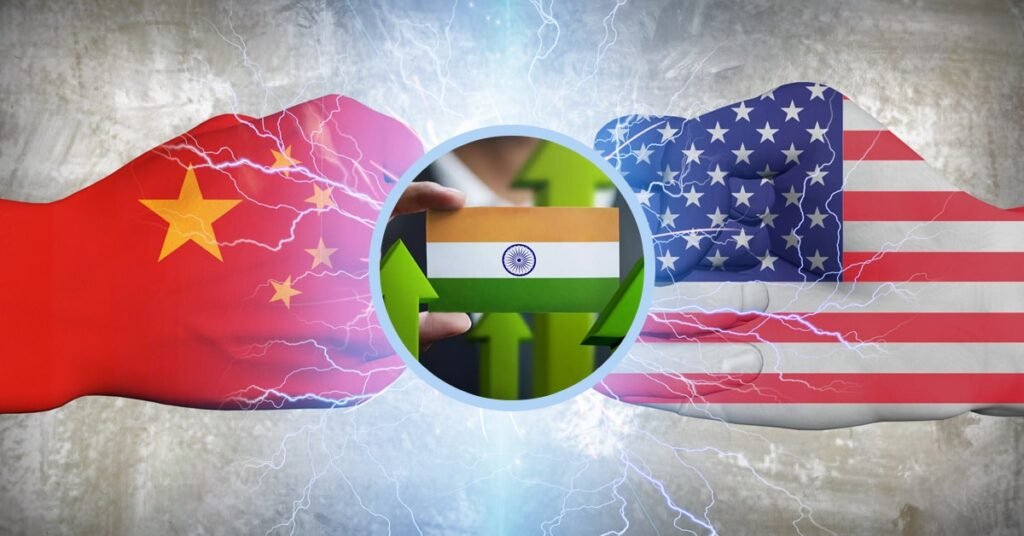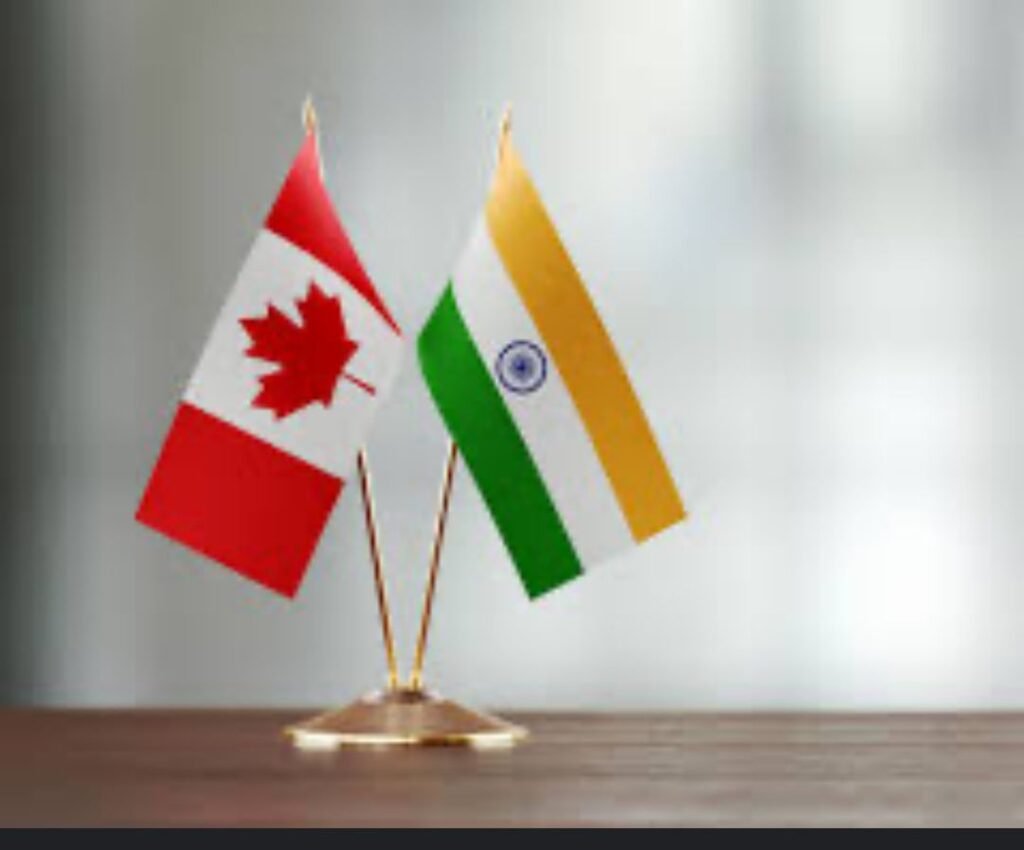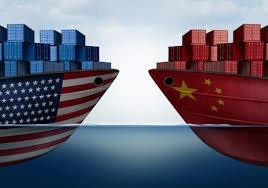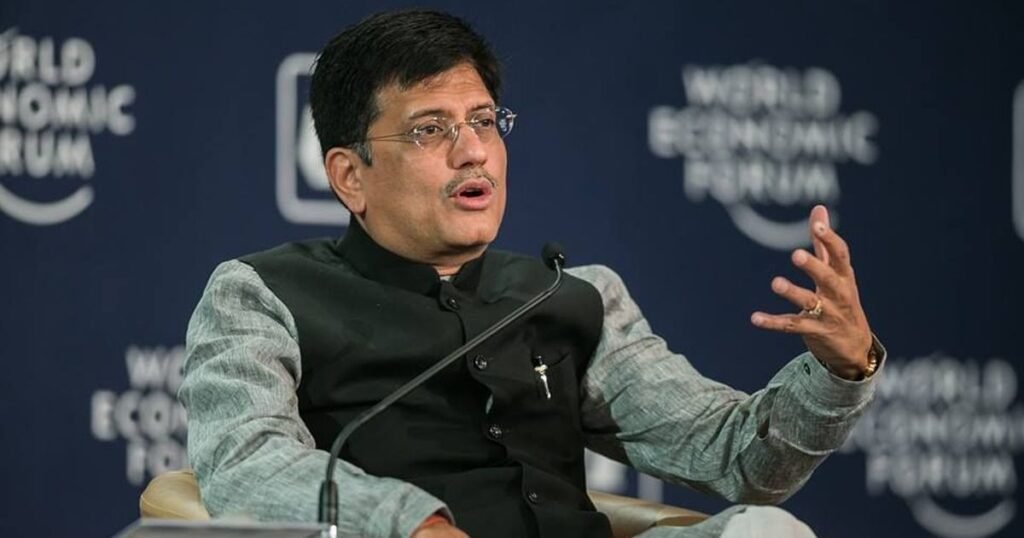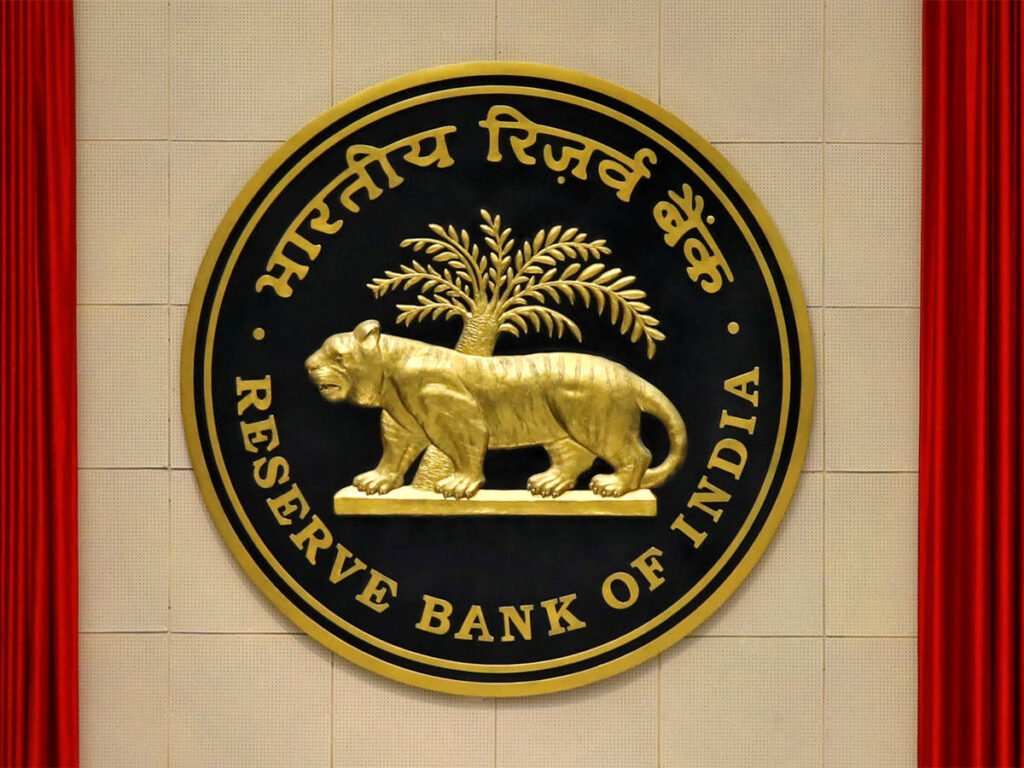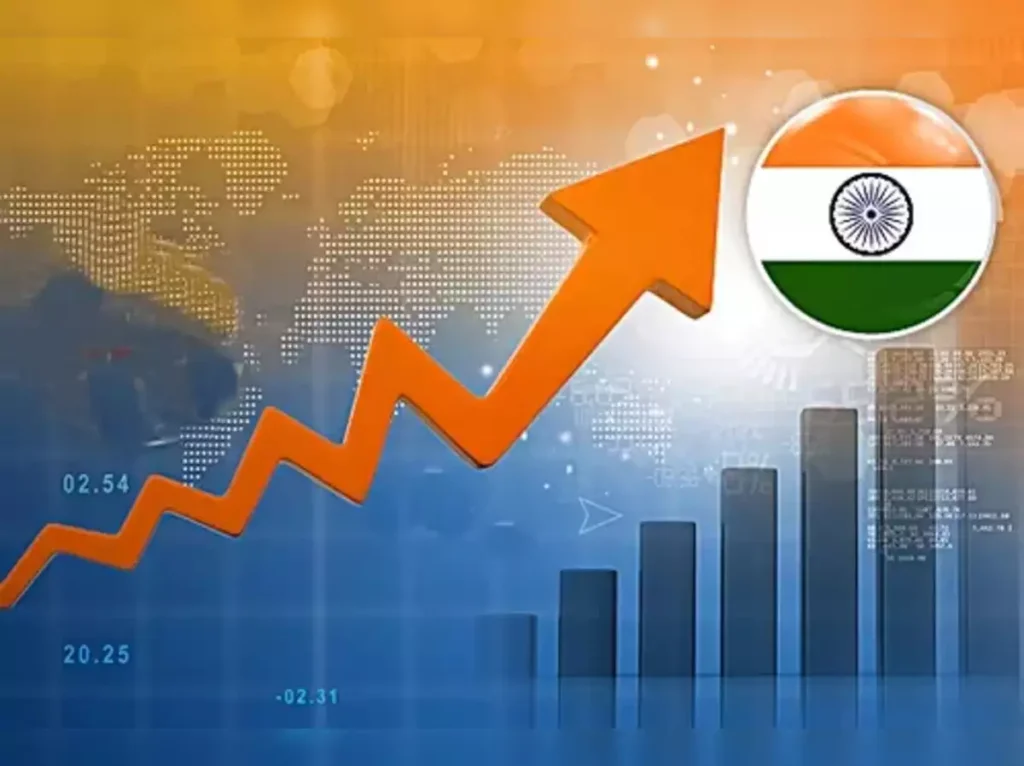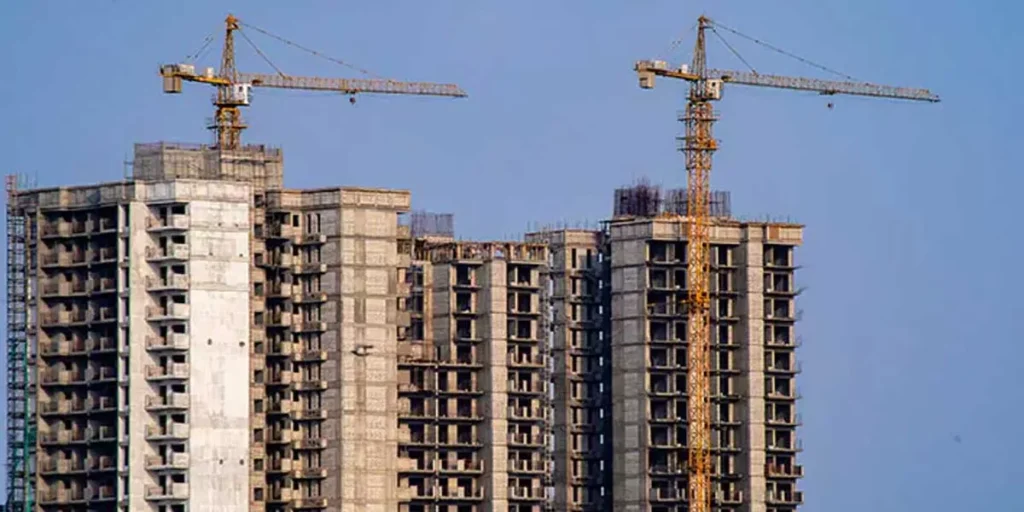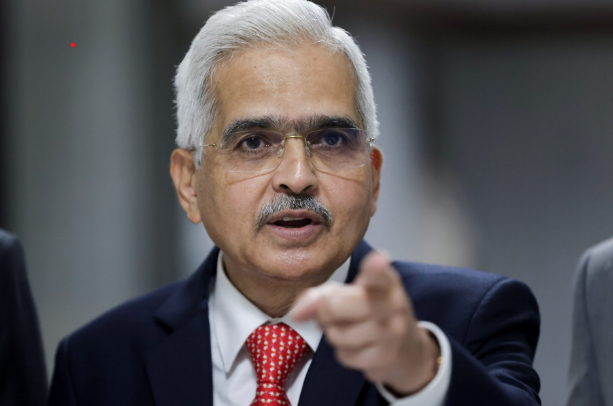How Donald Trump’s Second Term Could Impact the Indian Economy: Rupee Devaluation, Inflation, and Market Volatility

As the U.S. presidential race intensifies, financial experts are examining the potential economic impact if Donald Trump secures a second term. A recent report by the State Bank of India (SBI) projects that the Indian rupee could depreciate by 8-10% against the U.S. dollar in such a scenario. This depreciation may ripple through India’s economy, influencing inflation, import costs, and overall market stability.
Rupee Depreciation and Inflation Risks
The SBI report indicates that a Trump victory could temporarily weaken the rupee due to policies favoring a stronger dollar. During Trump’s first term, the rupee fell by 11% against the dollar, and experts suggest that his return could prompt a similar depreciation. A 5% decline in the rupee’s value would add 25-30 basis points to India’s inflation, potentially raising prices for consumers and industries reliant on imported raw materials.
High tariffs and immigration restrictions are likely to contribute to inflationary pressures. If Trump reintroduces tariffs or expands deportation policies, increased costs for imports and a labor crunch in the U.S. could elevate wages and, consequently, inflation across the board. This trend might especially affect sectors like manufacturing, where imported machinery and raw materials are essential.
Impact on Imports and Cost for Indian Industries
With Trump’s protectionist agenda, sectors dependent on U.S. imports are bracing for higher costs. Rising import expenses could directly impact Indian industries reliant on U.S. products, like raw materials and machinery. Increases in production costs may further intensify inflation, hitting Indian consumers and businesses alike.
Economists note that Trump’s emphasis on tariffs and curbing immigration could spur inflation through higher production costs. Companies facing higher import expenses may be forced to pass these costs onto consumers, increasing prices across industries, from tech to manufacturing. With India’s reliance on imports for sectors like technology and pharmaceuticals, such developments could reshape business strategies.
Volatility in the Indian Stock Market
The possibility of a Trump win has already injected volatility into global markets. In 2016, the U.S. stock market outperformed Indian equities, and analysts expect a similar divergence if he returns to power. While his policies may initially spark a short-term rally in Indian markets, the long-term effects are likely to bring volatility as investors weigh the impact of his policies.
Trump’s first term saw a considerable outperformance by the U.S. stock market relative to India’s Nifty index, with the Nasdaq gaining 77% compared to Nifty’s 38% rise. With a renewed focus on “America First” policies, analysts suggest Indian equities could be impacted as global investors rebalance portfolios in favor of U.S. markets.
Tariff and Trade Challenges Ahead
Trade policy is expected to be a focal point if Trump resumes office. He has criticized India for high tariffs on U.S. goods and could pursue reciprocal tariffs, challenging India’s export sector. Trump’s emphasis on reducing trade barriers may force India to consider adjustments in its trade policies to maintain its access to the U.S. market.
The U.S.-India trade relationship has been strained in the past, with Trump targeting specific tariffs on products like motorcycles. A second term may see Trump pushing for “reciprocal taxes,” a move that could put pressure on India’s trade strategies and increase tension in the economic relationship.
A Strong Dollar and Potential Capital Outflows
A stronger dollar could drive up import prices for India, particularly in oil. Trump’s protectionist policies may create a high-demand dollar environment, pulling capital toward the U.S. market. This could prompt investors to withdraw funds from emerging markets like India, weakening the rupee further and raising inflation by pushing up the cost of essential imports.
Rising inflation could lead the Reserve Bank of India (RBI) to maintain or even increase interest rates, potentially affecting economic growth. As the U.S. dollar appreciates, it could also attract global investors, adding further pressure on the rupee and complicating India’s trade dynamics.
Potential Setbacks for IT and Job Sectors
Indian IT firms and the broader job market may face challenges if Trump reintroduces immigration restrictions, particularly on H-1B visas. Trump’s previous term saw measures to tighten visa issuance, which affected India’s technology sector heavily reliant on skilled Indian talent working in the U.S.
A second Trump administration could re-emphasize these immigration restrictions, limiting Indian professionals’ access to the U.S. job market. This restriction may impact IT companies and Indian workers, reducing job prospects and potentially curtailing the industry’s growth trajectory.
Conclusion: Navigating the Economic Uncertainties
As Trump inches closer to securing a place in the 2024 U.S. presidential election, India braces for potential economic challenges that could redefine its financial landscape. From currency fluctuations and inflation risks to trade barriers and sector-specific impacts, the nation’s resilience and adaptability will be tested.
While India’s economy may weather some of these shocks, a proactive approach to trade negotiations, diversified import sources, and strategic fiscal policies will be key to mitigating potential impacts.

 English
English 























